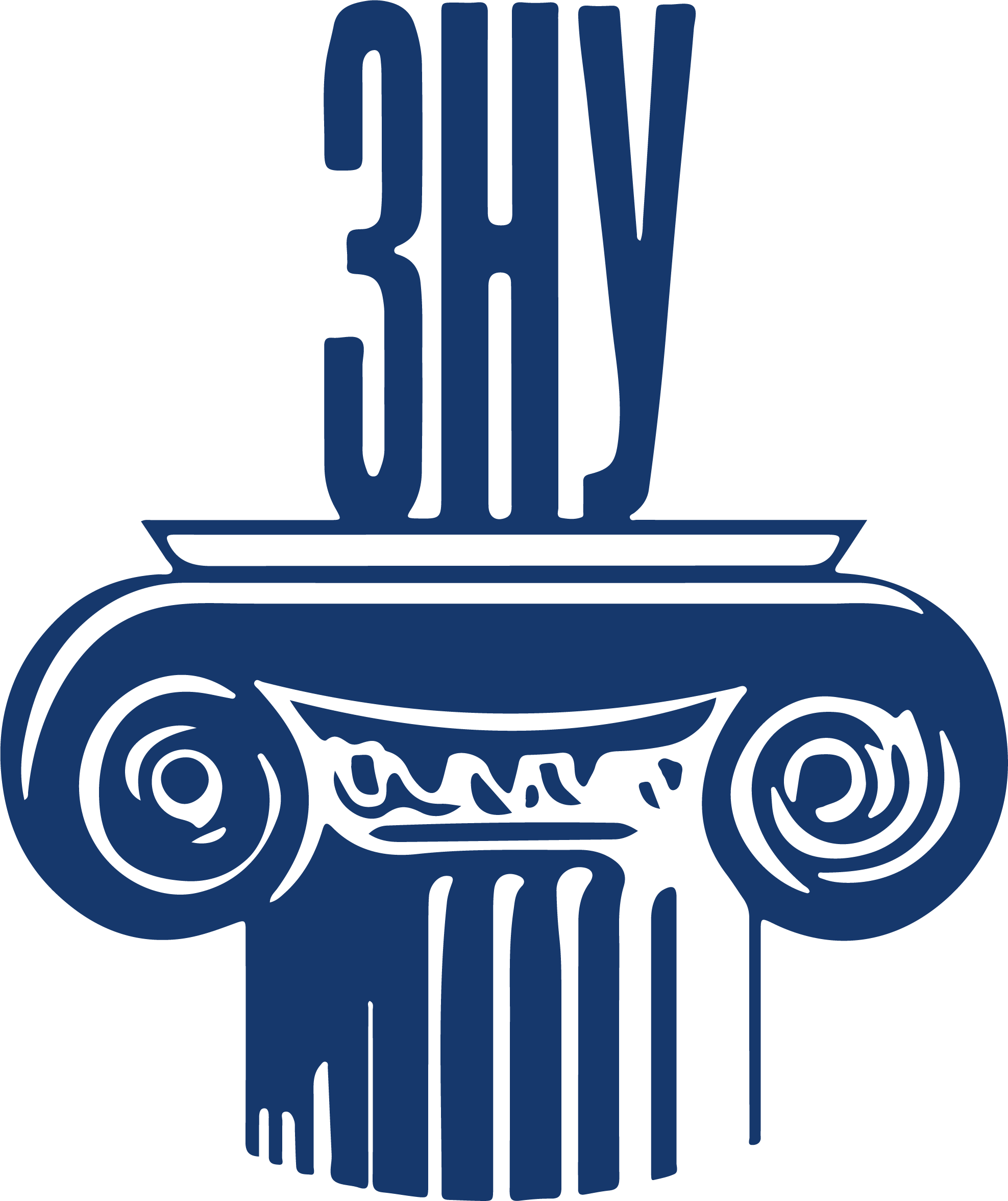PECULIARITIES OF THE USE OF PHONOSTYLISTIC MEANS IN J. W. GOETHE’S NOVEL “THE SUFFERING OF YOUNG WERTHER”
Abstract
The article is devoted to the identification of phonostylistic phenomena in Goethe’s prose, systematizes and generalizes theoretical studies of phonostylistics in linguistics, considers phonetic features in J. W. Goethe’s novel “The Suffering of Young Werther”. The phonostylistic phenomena that allow us to identify the sound, the system of symbols of the poet’s language, etc. are analyzed. Attention is paid to rhythmic melody, phonization, internal linguistic organization of the text, sound description, auditory acoustic impressions, lexical sound images, phonics means (alliteration, assonance), sound imitation. The study is aimed at describing the specifics of the use of phonostylistic techniques. The object of the study is the novel “The Suffering of Young Werther” by J. W. Goethe, and the subject is the phonostylistic techniques actualized in it. In the study of the work of fiction, we observe the author’s worldview, which reflects the deep meanings of the novel through the national and linguistic picture of the world. The author uses letters and sounds of the natural language that indicate sound imitation and their realization through the inner world, emotional state, and experiences of the hero, as well as the birdsong, rustling leaves, and the anxious and tense atmosphere of the description. The study of phonostylistic phenomena in Goethe’s novel is considered through significant differences between the frequency of phonemes in different styles. The article also characterizes the phonostylistic features of the phoneme vocabulary in German language based on the analysis of functional, stylistic and lexicographic characteristics. It is proved that they function in the literary text to establish the symbolic meanings of its initial phonemes. In addition, we consider the peculiarities of the novel’s rhythmic space. It is found that the most common phonostylistic means of Goethe’s prose are alliteration and assonance. Alliteration is common in the sounds /r/, /s/, /w/, and /t/. Each of them has its own specific meaning. Assonance is observed in the sounds /a/, /u/, /i/ and /e/. With the help of assonance, the melodiousness of the description is formed, which will soften the perception of the text. It is noted that the author’s use of onomatopoeia distinguishes the sound reproduction of real natural phenomena. J. W. Goethe shows a masterful and unsurpassed play with sound, which emphasizes emotional and dramatic moments and reflects the physical and mental state of the hero. It is proved that an important aspect of phonostylistics in Goethe’s prose is sound symbolism. Certain sounds or their combinations in it acquire symbolic meaning. This allows the author to influence the reader at the subconscious level, creating additional semantic layers. Thus, the phonostylistic means in J. W. Goethe’s novel “The Suffering of Young Werther” are an integral part of his artistic style. They not only enrich the text with sound images, but also reveal the inner world of the lyrical hero more deeply.
References
2. Кабиш М.Ю. Звукопис в українській поезії першої половини XX століття: семантика, функції : авторефер. дис. ... канд. філол. наук : 10.02.01. Київ, 2015. 20 с.
3. Качуровськнй І. Фоніка. Київ : Либідь, 1994. 168 с.
4. Левицкий В.В. Звуковой символизм. Мифы и реальность : монография. Черновцы : ЧНУ, 2009. 264 с.
5. Мацько Л.І. Стилістика української мови : підручник / за ред. Л.І. Мацько. Київ : Вища школа, 2003. 462 с.
6. Мельничук Р.І. Фоносемантичні явища у сучасні німецькій мові : автореф. дис. … канд. філол. наук : 10.02.04. Запоріжжя, 2017. 21 с.
7. Мішеніна Т.М. Авторські фонетичні стилістичні засоби в поетичному мовленні Миколи Вінграновського. Актуальні проблеми філології і методики викладання мов : збірник наукових праць. Кривий Ріг, 2007. Вип. 5. С. 88–96.
8. Найдеш О.В. Фоносемантичний аналіз прозових текстів (на матеріалі німецькомовної літератури). Одеський лінгвістичний вісник. 2017. Т. 1. № 9. С. 171–175.
9. Сучасна українська літературна мова / за ред. А.П. Грищенко, Л.І. Мацько, М.Я. Плющ та ін. Київ : Вища школа, 2002. 439 с.
10. Сучасна українська літературна мова: фонетика / за ред. І.К. Білодід. Київ : Наукова думка, 1969. 435 с.
11. Сюта Г.М. Фоностилістична норма в українській поетичній мові другої половини XX століття. Мовознавство. 2012. № 3. С. 80–87.
12. Українська мова. Енциклопедія. Київ : Українська енциклопедія ім. М.П. Бажана, 2000. 752 с.
13. Чередниченко І.Г. Нариси з загальної стилістики сучасної української мови. Київ : Рад. школа, 1962. С. 42–86.
14. Bally Ch. Le langage et la vie. Paris : Payot, 1926. 238 p.
15. Goethe J. W. Ausgewählte Werke. Київ : Юніверс, 1999. 384 S.
 ISSN
ISSN 


.png)



